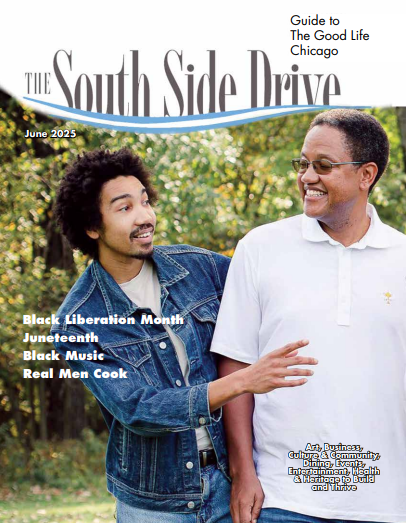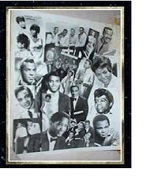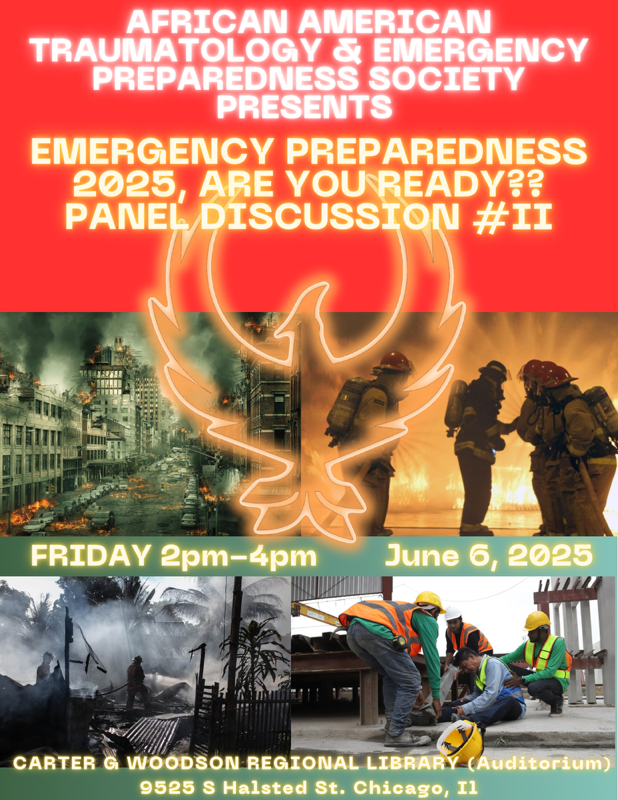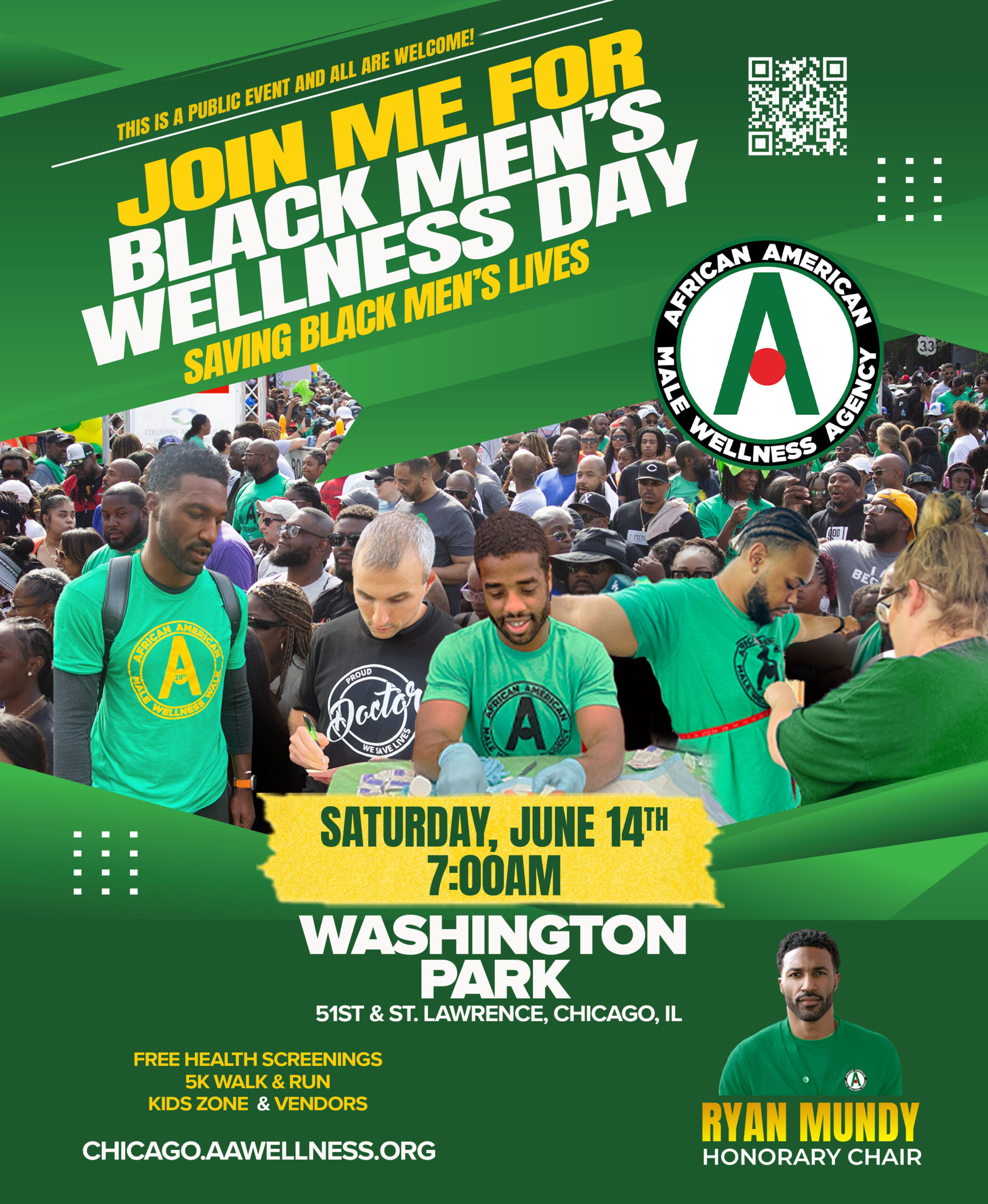Sixty-five years after Abraham Lincoln signed the Emancipation Proclamation, freeing the enslaved Africans, black people (aka Negroes) began migrating north. The migration to Chicago, known as “the Great Migration,” was prompted by articles in the Chicago Daily Defender newspaper promising jobs and greater freedoms for black people. Tired of the share-cropping scam, weary of the fear of being lynched for some fictitious crime, fed up with broken promises, broken families, and broken dreams, they came to Chicago in droves. Here, they built “Black Chicago”, and the Regal Theater was its centerpiece.
It was a time when newly freed, formerly enslaved Africans were trying to integrate into a society in which they weren’t welcome. White society was willing to showcase black talent, but they weren’t willing to share a seat in the audience with a black participant. The Regal Theater was built by a white business association in 1928, a mere sixty-five years after the Emancipation Proclamation, fifty years after the Great Migration. It was one of the first entertainment complexes available for black audiences and employed black staff members.
Bronzeville was the heart of the black community, and while its boundaries are debatable, there is general agreement that its boundaries stretch west from 31st Street south to Pershing Road and east from today’s Dan Ryan Expressway to Lake Michigan. The Regal Theater was built in the midst of that community at 47th and South Park Boulevard, which is now Martin Luther King Drive.
Although it was often compared to New York’s Apollo Theater in Harlem, the Regal actually opened six years earlier than the Apollo and had double the seating capacity.
The Theater was designed by Edward Eichenbaum. Its beautiful interior was described by the Chicago Defender as “an Oriental garden on a moonlight night.” There was a mural on the exterior of the building which included the likenesses of many famous jazz and blues musicians associated with the Regal Theater.
Some of the most celebrated Black entertainers in America appeared at the Regal Theater throughout the years, including Cab Calloway, Louis Armstrong, Lena Horne, Dinah Washington, Ella Fitzgerald, Miles Davis, Paul Robeson, B.B. King, and other mostly Blues and Jazz artists.
In 1962, twelve-year-old Little Stevie Wonder recorded his famous live version of the number-one hit single “Fingertips” at a Motortown Revue live at the Regal. Included in the Revue were Marvin Gaye, Smokey Robinson and the Miracles, Mary Wells and the Marvelettes. In 1964, during a performance at the Theater, Aretha Franklin was crowned “the Queen of Soul” by then music producer Pervis
Spann. Stevie Wonder appeared at the Regal again in 1966 when he was sixteen years old and many times thereafter. Chicago led the world in falling in love with this musical prodigy.
Also in 1964, B.B. King recorded his famous album “Live at the Regal” at the
Theater.
Another child prodigy that appeared at the Regal many times in the mid-1940’s through early 1950’s was Frank Robinson, known as Sugar Chile Robinson. His amazing piano performances began at the Regal when he was three years old.
Nat “King” Cole got his professional start at the Regal Theater.
Chicagoans first met Sam Cooke and Al Green at the Regal. Groups such as the Dells, the Drifters, the El Dorados, and many others were introduced to the windy city through the Regal.
Detroit’s Motown showcased many of its acts through the Regal Theater, including Smokey Robinson and the Miracles, the Temptations, Mary Wells, Diana Ross, and the Supremes, the Jackson Five, Marvin Gaye and Tammy Terrell and many others.
Although the Jackson Five initially opened for Gladys Knight and the Pips and Bobby Taylor and the Vancouvers, audiences loved the Jackson 5 so much that they soon became the main act.
James Brown appeared often at the Regal. Audiences would love to see him drop to his knees as he sang “Please, Please, Please.” Other Regal artists that would use the drop-to-the-knees technique in various ways were Jackie Wilson, who was also known for doing the split and coming back up without using his hands for support, and Jerry Butler (back then he was known as “the Iceman.” Today he is known as Commissioner Jerry Butler) who would bring females to the stage by dropping to his knees as he sang “For Your Precious Love.”
Another regular at the Regal was Chicago’s own Duke of Earl, Gene Chandler. Gene would be introduced to the Regal audiences by Pervis Spann, and come on stage fully adorned in cape, top hat, and cane singing “Duke, Duke, Duke, Duke of Earl, Duke, Duke, Duke of Earl, Duke Duke…
As I walk through this world, nothing can stop the Duke of Earl.”
During the 60’s, the Regal’s House Band was conducted by Red Saunders. There was usually a movie, followed by a live performance by a guest or local artist. The Regal was known for showing movies and current plays as much as it was known for its live entertainment, which included not only vocalists and musicians but also dancers, musicians, and comedians.
Richard Pryor, Moms Mabley, Red Foxx, Dick Gregory, and others appeared at the Regal Theater.
Due to many unforeseen circumstances, the Regal Theater was closed down by its owner in 1968 and demolished, in spite of community protests, in 1973. The site is now occupied by the Harold Washington Cultural Center.
However, the legacy of the Regal Theater continues to live and is a vital part of Chicago’s history.







